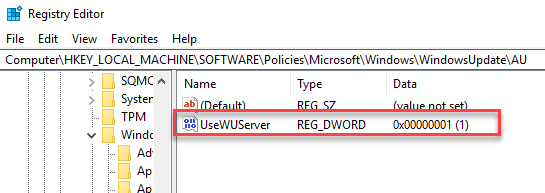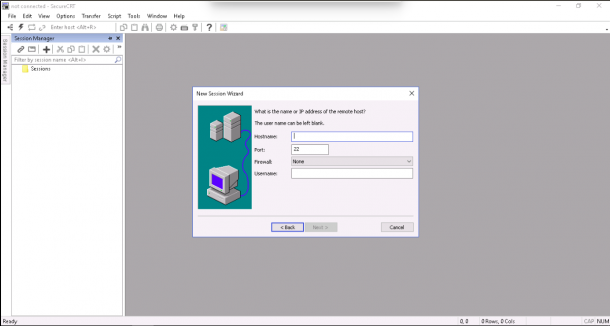


You can create a Windows Terminal profile that does this on startup by adding the commandline setting to a profile in your settings.json file inside the list of profile objects. You can start an SSH session in your command prompt by executing ssh and you will be prompted to enter your password. PuTTY is an excellent and actively developed open source SSH client that can be used for Windows and is one of the most popular clients available. To connect to an SSH server, type the following command into the terminal, replacing username with your username on the SSH server and Terminal version 1.XX+ can dynamically generate profiles to connect to the SSH hosts within your OpenSSH config file. On a Linux desktop, look for a Terminal shortcut in the applications menu. On a Mac, you’ll find this at Finder > Applications > Utilities > Terminal. Click the ‘ Add a feature’ ‘ + ‘ at the top of the ‘Optional features. To connect to an SSH server from one of these operating systems, first open a Terminal window. First, click the Start button, then click Settings. RELATED: How to Install and Use the Linux Bash Shell on Windows 10 UNIX-based operating systems like macOS and Linux include a built-in SSH command that works pretty much the same everywhere. You can use the Putty client to connect to a Windows computer via SSH: Download and run putty. RELATED: How to Manage an SSH Config File in Windows and Linux How to Use SSH on macOS or Linux OpenSSH is a Windows SSH client and available on newer versions of Windows 10 (April 2018 update and later), though it may need to be manually enabled. Here’s a fun fact: SSH private keys are technically called PEM files. To connect to a server using SSH on Windows 10 within one of these tools, the OpenSSH client needs to be installed.

Consult PuTTY’s manual for more information. For example, if you need to use a private key file to authenticate with the SSH server, you’ll find this option at Connection > SSH > Auth in the PuTTY Configuration window that appears when you launch the application. The generated SSH key will be stored in the C:Users folder by default. There’s a lot more you can do with PuTTY. To generate an SSH key on Windows 10 or Windows 11, open Command Prompt, PowerShell, or Windows Terminal and type 'ssh-keygen' into the window and then enter a passphrase.


 0 kommentar(er)
0 kommentar(er)
